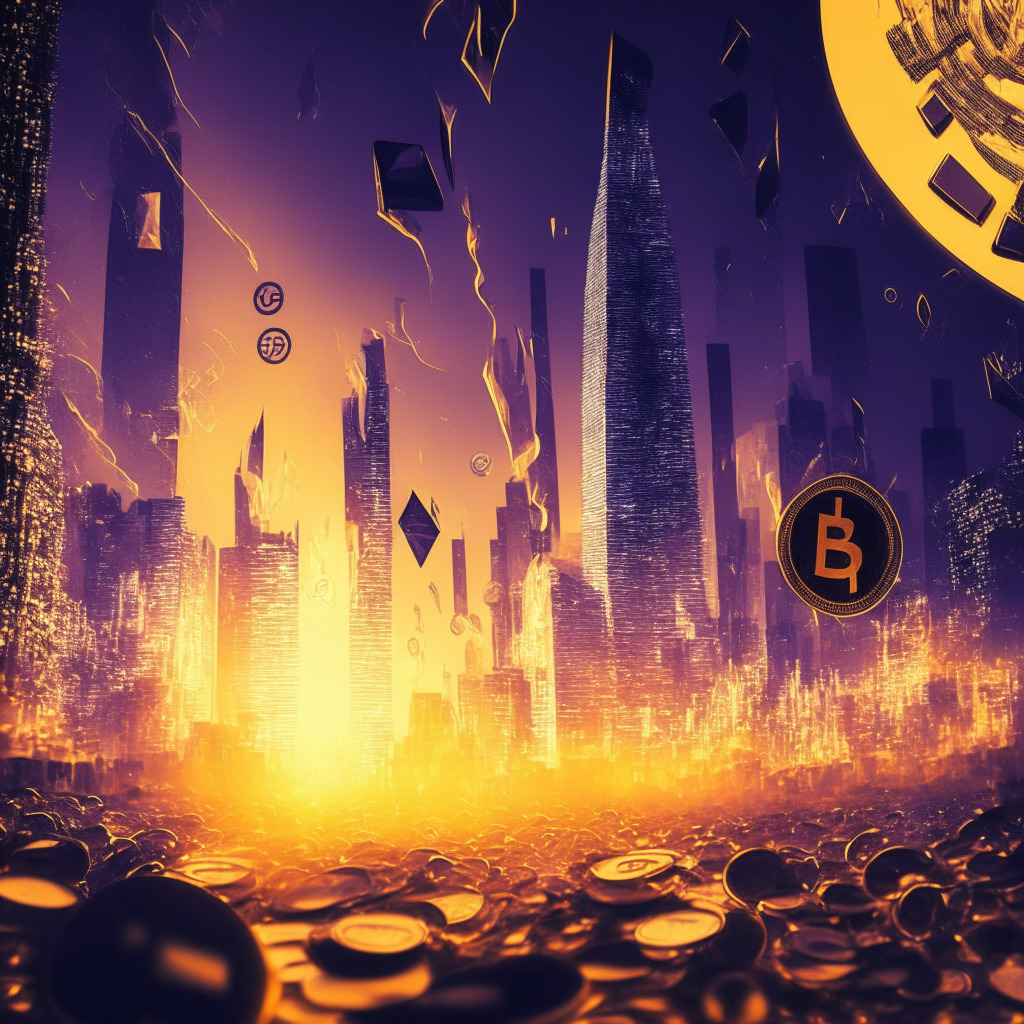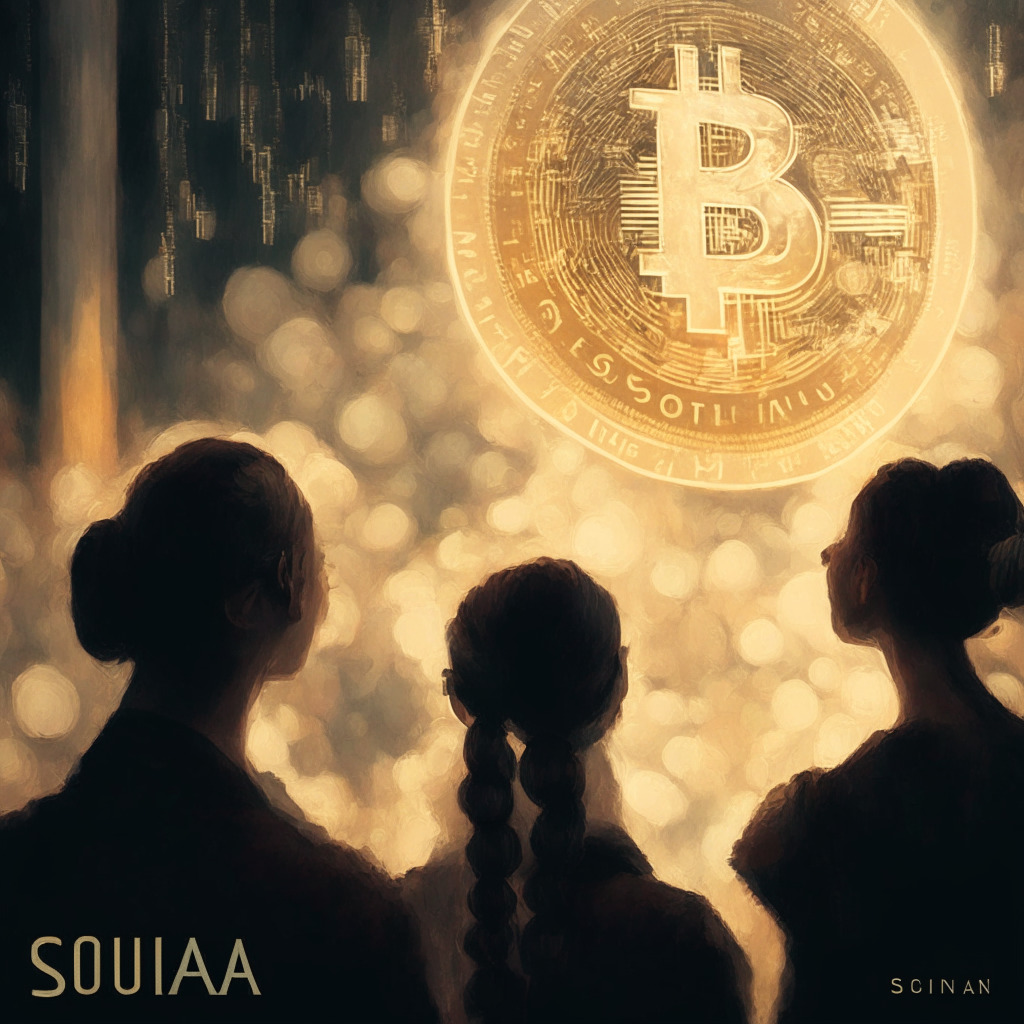Crypto traders are showing an insatiable appetite for newly-issued meme coins, often paying exorbitant fees to amass a significant portion of the supply in hopes of substantial returns. A recent example is the case of a trader who spent over 64 ether (ETH) in fees to acquire 84 ether worth of a new meme token called FOUR. The token, which debuted on the Ethereum blockchain, is presumably inspired by the Crypto Twitter meme “4.” Consequently, the trader shelled out more than $120,000 to acquire $156,000 worth of FOUR tokens.
Interestingly, these seemingly unreasonable fees may be stemmed from the fact that the trader was only the second to purchase FOUR. This initially counterintuitive move appears to have paid off, as the trader now holds an unrealized profit of nearly $240,000. Further data from DEXTools reveals that FOUR tokens experienced $136 million in trading volume on their first day of trading and currently boast a market capitalization of $30 million. As a result, early FOUR buyers have realized profits ranging from $240,000 to $2 million.
Meme coins have undeniably skyrocketed in popularity, with traders risking inflated gas fees in hopes of lucrative returns. However, the focus on these joke tokens rather than investments with solid fundamentals has contributed to alarmingly high gas fees on the Ethereum blockchain. Gas, in this context, is ether paid by users to prioritize their transactions and ensure inclusion in the earliest block by network validators. Instead of operating on a first-come-first-serve basis, validators have an incentive to include transactions offering the highest fees, consequently driving up the cost of gas for popular tokens to thousands of dollars.
While meme coins have undoubtedly taken the crypto market by storm, one cannot overlook the skepticism surrounding their longevity and reliance on hype-driven investment strategies. Though traders may be willing to pay exorbitant fees in the hopes of securing financial windfalls, questions regarding the sustainability of this trend and its impact on blockchain networks like Ethereum remain. The focus on quick gains rather than long-term fundamentals could potentially damage the credibility of the crypto market and stifle innovation, ultimately impacting the future of finance in unforeseen ways.
In conclusion, the frenzy around meme coins and their associated high fees elucidates the ongoing struggle between immediate gratification and sustainable growth in the crypto market. As the market matures, the challenge will be to encourage responsible and informed investments that contribute to the overall development and stability of the blockchain and digital assets ecosystem.
Source: Coindesk




